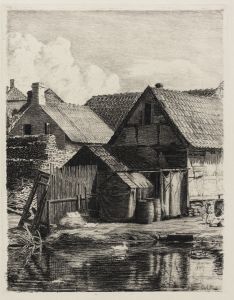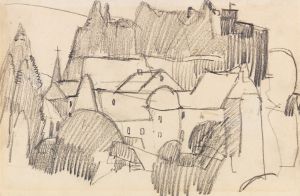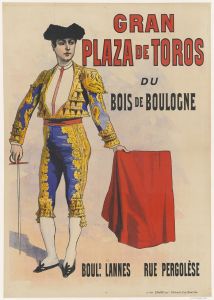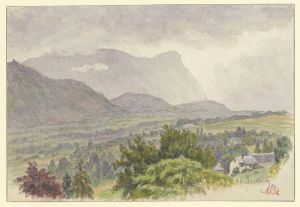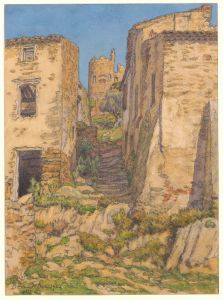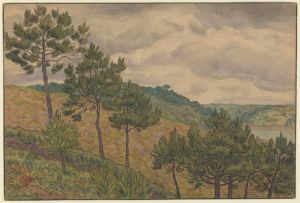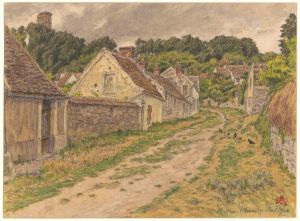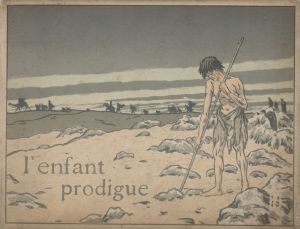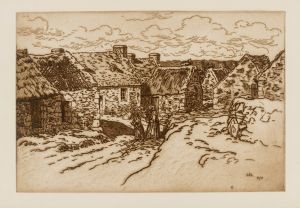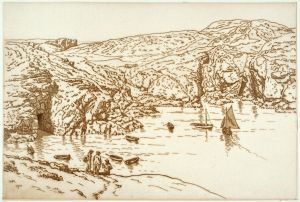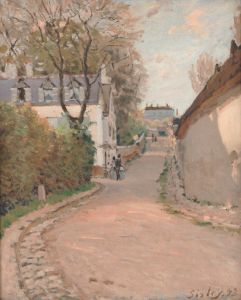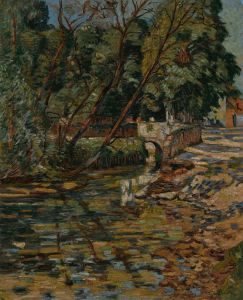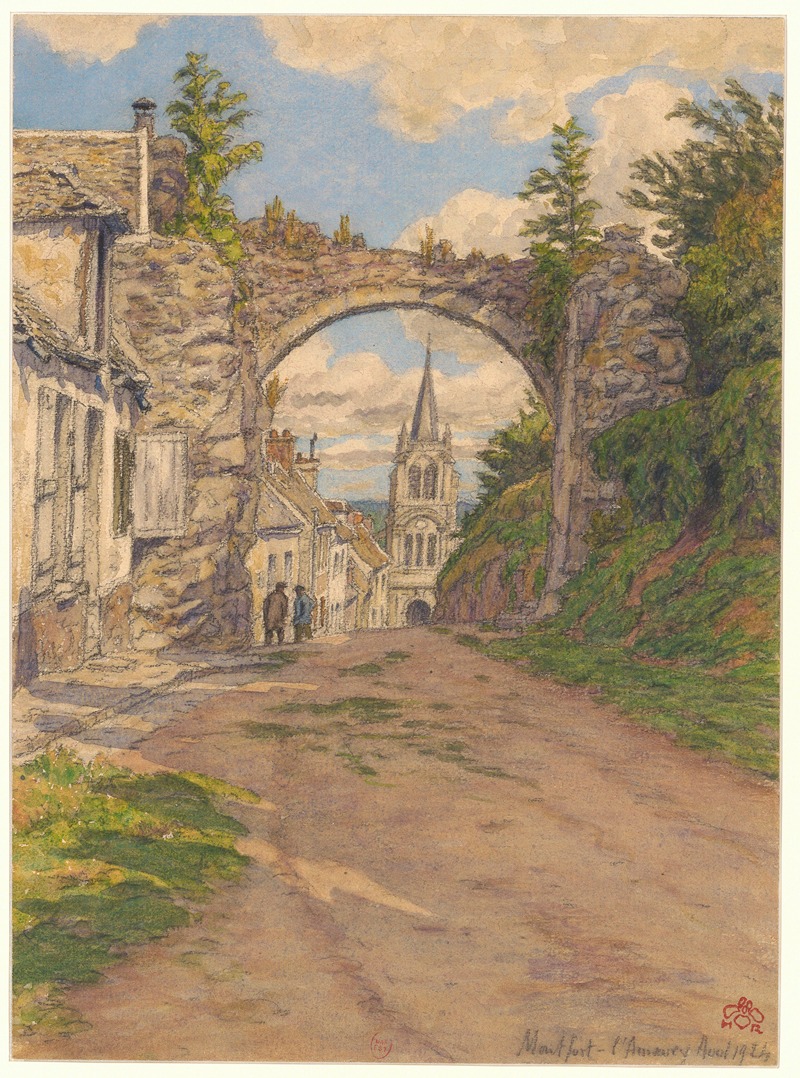
Montfort-l’Amaury
A hand-painted replica of Henri Rivière’s masterpiece Montfort-l’Amaury, meticulously crafted by professional artists to capture the true essence of the original. Each piece is created with museum-quality canvas and rare mineral pigments, carefully painted by experienced artists with delicate brushstrokes and rich, layered colors to perfectly recreate the texture of the original artwork. Unlike machine-printed reproductions, this hand-painted version brings the painting to life, infused with the artist’s emotions and skill in every stroke. Whether for personal collection or home decoration, it instantly elevates the artistic atmosphere of any space.
Henri Rivière was a prominent French artist known for his contributions to the field of printmaking, particularly in the medium of color lithography and woodcuts. He was born on March 11, 1864, in Paris, France, and became associated with the Post-Impressionist movement. Rivière is best known for his innovative approach to printmaking, which was heavily influenced by Japanese ukiyo-e prints, a style that became popular in Europe during the late 19th century. His works often depict landscapes and scenes from everyday life, capturing the beauty and simplicity of the natural world.
"Montfort-l’Amaury" is one of Rivière's notable works, showcasing his skill in capturing the essence of a location through his unique artistic lens. Montfort-l’Amaury is a small commune located in the Yvelines department in the Île-de-France region of north-central France. The town is known for its picturesque landscapes and historical architecture, which have inspired many artists over the years.
Rivière's depiction of Montfort-l’Amaury reflects his keen eye for detail and his ability to convey the atmosphere of a place. His use of color and composition in this work demonstrates his mastery of the printmaking techniques that he was renowned for. The artwork likely captures the serene and idyllic nature of the town, emphasizing its charm and tranquility.
Henri Rivière's artistic style is characterized by his use of bold lines and vibrant colors, which are evident in "Montfort-l’Amaury." His prints often feature a harmonious blend of natural elements and architectural forms, creating a balanced and aesthetically pleasing composition. Rivière's work is celebrated for its ability to evoke a sense of place and time, transporting the viewer to the location depicted in his prints.
Throughout his career, Rivière produced a significant body of work that includes series such as "Les Trente-six Vues de la Tour Eiffel" (The Thirty-Six Views of the Eiffel Tower), which further solidified his reputation as a leading figure in the world of printmaking. His contributions to the arts were recognized during his lifetime, and his works continue to be appreciated by art enthusiasts and collectors today.
Rivière's influence extends beyond his own creations, as he played a crucial role in popularizing Japanese art techniques in Europe. His work helped bridge the gap between Eastern and Western art traditions, contributing to the broader movement of Japonisme that swept through Europe in the late 19th and early 20th centuries.
In summary, "Montfort-l’Amaury" by Henri Rivière is a testament to the artist's skill and vision. It captures the essence of a charming French town through the lens of a master printmaker, showcasing Rivière's ability to blend traditional techniques with innovative approaches to art. His work remains an important part of the art historical canon, reflecting the cultural exchanges and artistic developments of his time.





